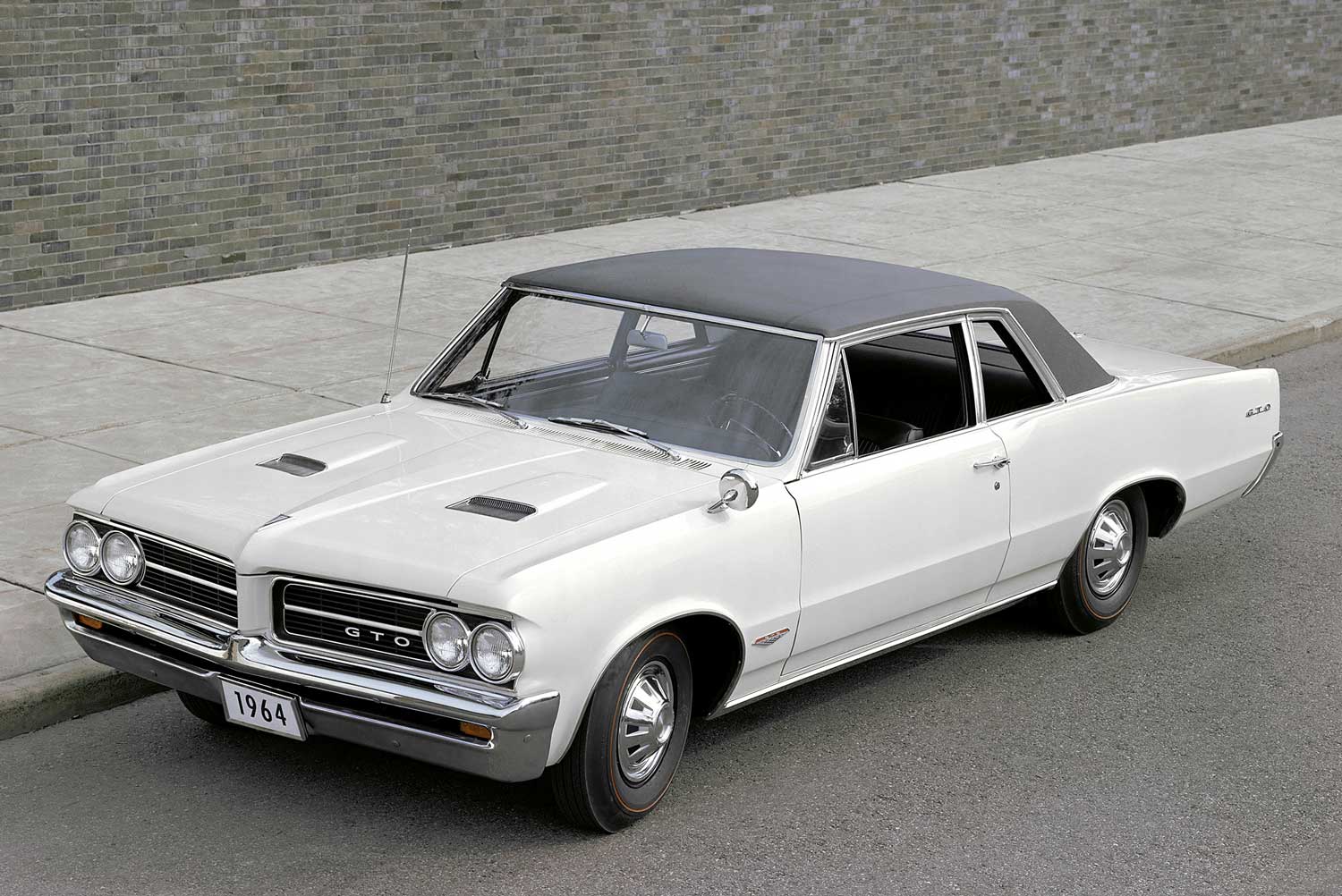What Happened to Pontiac?
The company that excelled in the muscle-car era didn’t evolve quickly enough.
 General Motors
General Motors
General Motors discontinued the Pontiac nameplate more than a decade ago, but the brand has yet to slide into obscurity. That’s partly because, as the maker of the first muscle car and a former giant in the racing world, it holds a place in many enthusiasts’ hearts. Plus, several of its models have become pop-culture icons. The oft-maligned Aztek sport recreation vehicle, for example, found new popularity after serving as Walter White’s car in the television hit “Breaking Bad.” If you’re wondering what happened to make GM pull the plug on Pontiac, here are the details behind that story.
Where Pontiac Started
To learn about the origin of Pontiac, we must first go back to 1909, when GM acquired the fledgling Oakland Motor Car Co. It made vehicles under this name for several years before adding Pontiac to its roster in 1926 to serve as Oakland’s less expensive companion brand, an idea GM tried out with several of its makes in the 1920s. The debut model, the Pontiac Six, was a hit in part because it had the pricing of a four-cylinder car with an inline-six underhood.
Then the Great Depression reared its ugly head, and GM had to make some decisions. In all but one instance, it kept the older name (Cadillac, Buick, and Oldsmobile), and dropped the newly created companion brand (LaSalle, Marquette, and Viking). With Pontiac, however, the companion usurped its sire. GM cut Oakland and positioned Pontiac in its place, above Chevrolet but below Oldsmobile, Buick, and Cadillac.
Building a Legacy
In the postwar era, Pontiac found a new level of success with the V8-powered Bonneville, which debuted for the 1958 model year. Notably, this two-door car featured a wider-than-typical track, which helped it corner better than other full-sizers of the day.
Pontiac really shined when it introduced its first muscle car, the Tempest-based 1964 GTO. The model paired a 348-hp 6.4L V8 with a lightweight body and established Pontiac as a performance brand. Further cementing that image was the 1967 Firebird, a pony car with multiple engine choices, including a 325-hp V8. In 1969, Firebird buyers could opt for the racing-inspired Trans Am package, which provided suspension, engine, and handling upgrades as well as some exclusive interior and exterior appointments. This car became iconic after appearing on the big screen with Burt Reynolds in “Smokey and the Bandit” in 1977 and later as KITT, the talking car in TV’s “Knight Rider.”
The Demise
After those successes, Pontiac gradually lost its mojo, and by the early 2000s, several models in its lineup—including the controversial Aztek, the tiny G3, and the uncompetitive Solstice—failed to excite the American public. Then 2008 happened. Amid the financial crisis, General Motors needed a government bailout. Congress agreed but required the company to restructure its business and cut costs. In the end, GM decided to eliminate several brands, including Pontiac. The last car to wear the arrowhead badge was a G6, which ended production in early 2010.
Written by humans.
Edited by humans.
 Emme Hall
Emme HallEmme Hall loves small convertibles and gets out to the canyons in her 2004 Mazdaspeed Miata whenever she can. You can also find her in the dirt in her lifted (yes, that's right) 2001 Mazda Miata, or racing air-cooled Volkswagens in races like the Baja 1000. She's taken first place twice in the Rebelle Rally — once driving a Jeep Wrangler and then a Rolls-Royce Cullinan the second time. She was also the first driver to take an electric vehicle to the Rebelle Rally when campaigning the Rivian R1T to a top-five finish.
Related articles
View more related articles